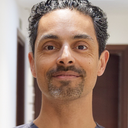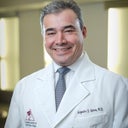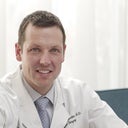Posted underSMAS Facelift q&a
What is the difference in technique between SMAS and a Deep Plane facelift? Is the cost the same? Can all Dr.s preform either?
What is the difference between SMAS and a Deep Plane facelift?
Answers (13)
From board-certified doctors and trusted medical professionals

Dr. Julian De Silva, MD
Oculoplastic Surgeon, Specialist Registered in Ophthalmology
Answer
Dr. Inessa Fishman, MD
Facial Plastic Surgeon, Board Certified in Otolaryngology – Head and Neck Surgery
Answer
More SMAS Facelift Questions
See all SMAS Facelift Q&AWE SEND PRETTY
EMAILS
What’s trending? Who’s turning heads? Which TikTok myths need busting? We’ve got you. No fluff, no gatekeeping—just real talk. Get our free, unfiltered newsletter.





